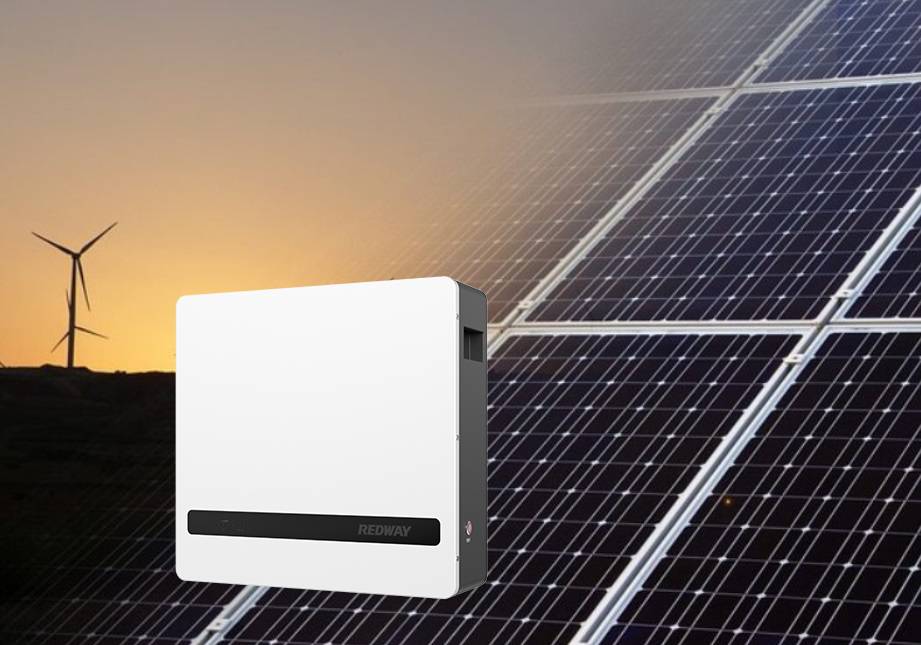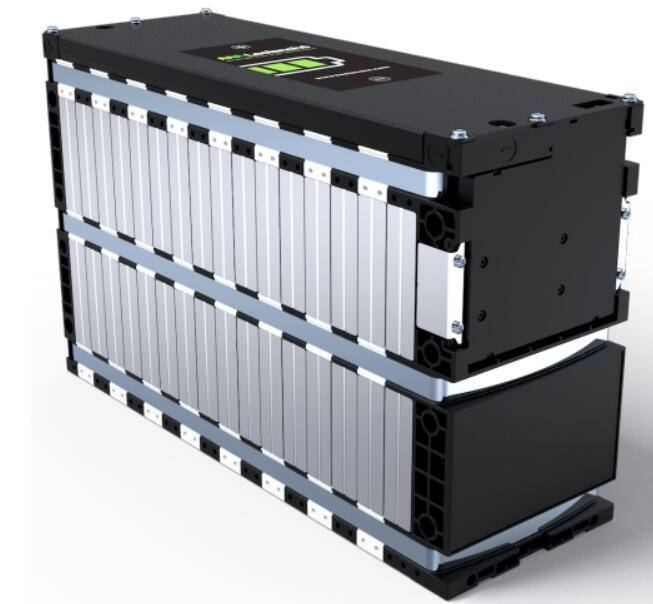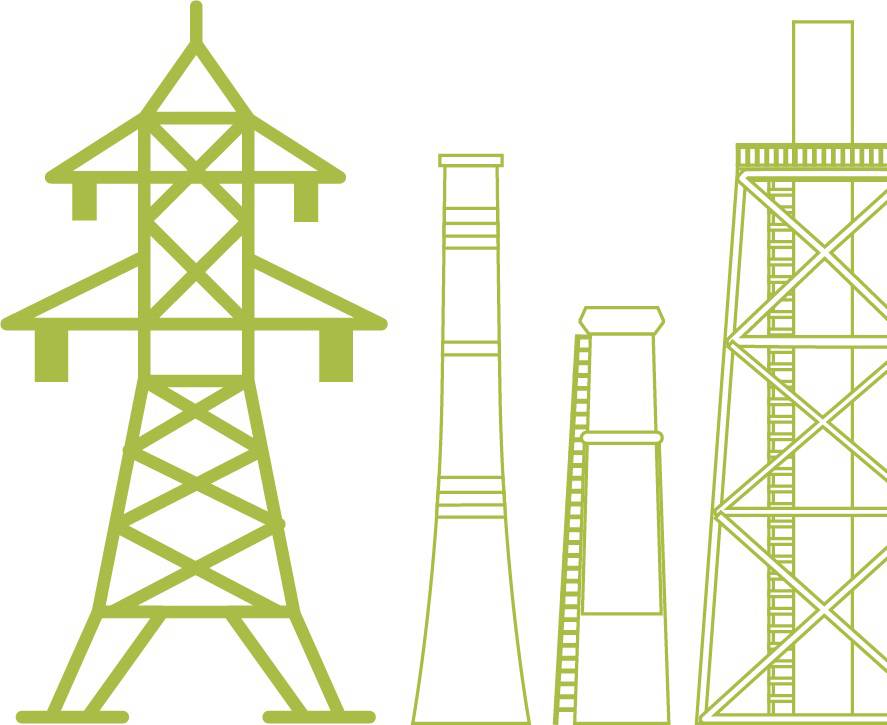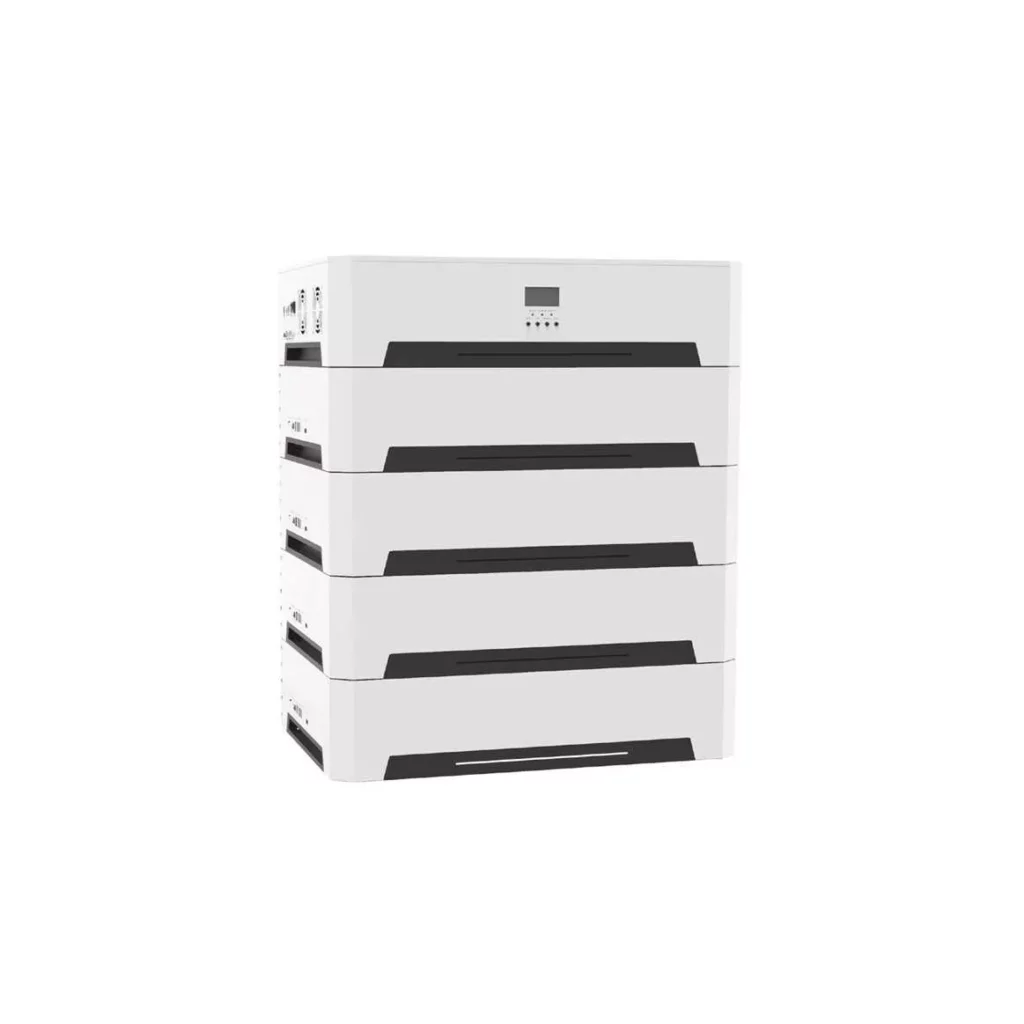Germany’s recent “Easter Package” represents a significant energy policy reform, aimed at revolutionizing the nation’s renewable energy landscape. This comprehensive plan emphasizes the expansion of photovoltaic and wind power, with a focus on decentralization and consumer incentives. The key objective is to achieve 80 percent renewable power by 2030 and 100 percent green electricity by 2035. Notably, the plan seeks to create 400,000 jobs and boost the economy, while also driving increased adoption of home solar installations and energy storage solutions. With a balanced approach to rooftop and open-space installations, Germany’s Easter Package is poised to reshape its energy future.
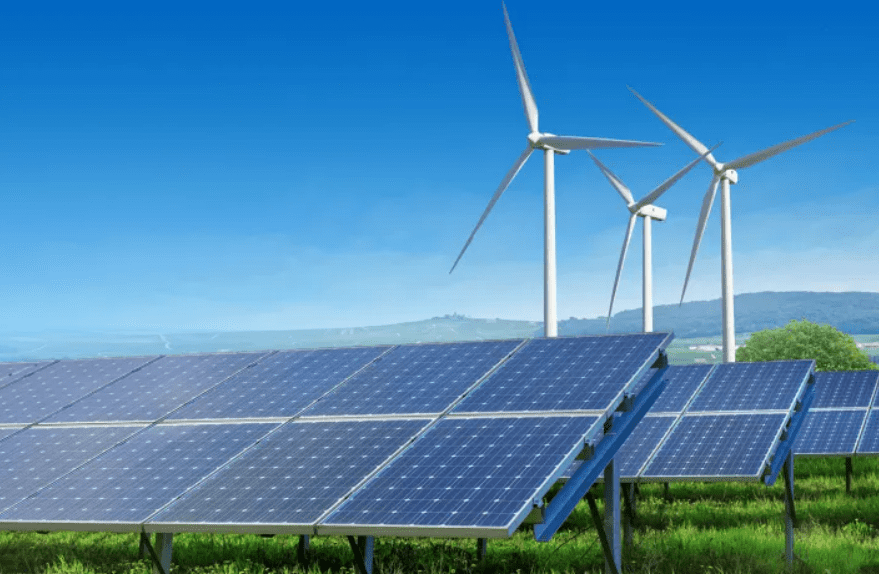
#post_seo_title
Easter Package:
The Government of Germany has introduced EEG Easter package in order to facilitate expansion of photovoltaic and wind power.
The Easter Package provides for the area for solar parks to be “moderately expanded, taking into account agricultural and nature conservation aspects.” This also relates to agrivoltaic and floating projects. But there should be a bonus for PV linked to agricultural or farming activities due to higher costs.
The new reforms identify new areas for the deployment of PV and support the participation of municipalities in existing solar and wind parks. Moreover the government is interested to streamline the planning and approval procedures and work on grid expansion. The main focus of Easter package is prioritizing the Renewables in a future version of Germany’s renewable energy law.
Goal:
The goal of Easter Package is having 80 percent renewable power approx. (600 terawatt hours) combined in 2030 and 100 percent green electricity at the end of 2035.
Moreover, keeping in mind the higher expansion targets, there will be significant increase in the capacity of the tenders for photovoltaics and wind power. The aim is to raise the expansion of PV to a level of 22GW by 2023 and then to keep it stable in the years that follow. This could lead to a cumulative installed PV capacity of 215GW in Germany by 2030, divided as evenly as possible between rooftops and open spaces. By 2030, installed onshore wind capacity should reach 115 GW, the government. Offshore wind additions are increased as well to reach a minimum of 30 GW per 2030 and 40 GW by 2035, and 70 GW by 2045.
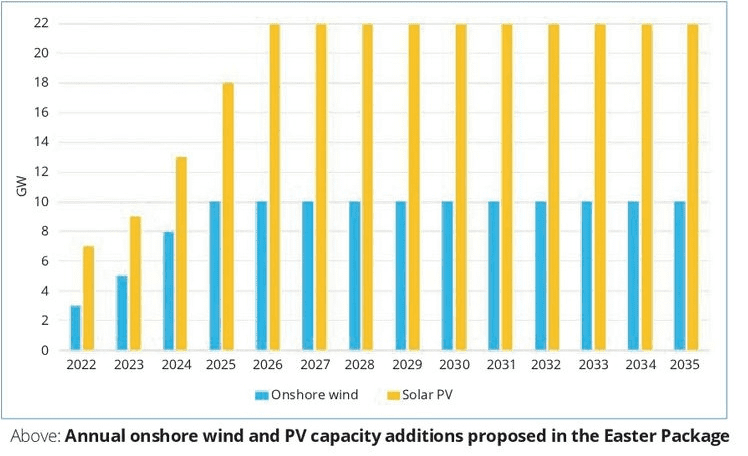
#post_seo_title
Benefits for small consumers:
In the Easter package there is number of consumer protections and funding incentives for those household and communities which feed some or all the renewable energy into the grid. The community solar parks can be built upto 6MW in future without participating in the tenders.
Federal Economics Minister Robert Habeck (Greens) said at the beginning of the year that the EEG Easter package would also contain a booster for PV projects. And the draft has a large number of individual measures for solar. First and foremost, in the future there will be “adequate funding” for new rooftop systems that feed their entire solar power into the grid
Rules for solar PV
- Expansion targets and tender volumes will be divided equally between rooftops and open spaces
- Higher remuneration for small rooftop installations (outside the tendering scheme)
- New rooftop installations that feed all their power into the grid receive higher subsidies than operators who consume part of the electricity themselves
- Remuneration degression will be paused until the beginning of 2024; afterwards bi-annual degression
- Agri PVand moorland PV installations receive a bonus payment to become competitive options
Outcomes of Easter Package:
- The very first outcome of this reform will be significant growth and employment benefits. The Easter package will alone create the 400,000 jobs which will be great boost for the country economy.
- Consumers will seek cheaper energy source so the German sales of batteries to store solar energy at home will increase to 59% in 2023. This will provide cheap, renewable and more reliable power supply.
- Homeowners’ wishes for independence from centralized suppliers and increasing sales of electric cars, which can be charged with home-produced power.
- In 2023 the households have 2.65 million rooftops solar PV system installed which is used to produce power at home.
- In 2023 year the amount of renewables in electricity rose to 52%.The goal of Easter Package is having 80 percent renewable power approx. (600 terawatt hours) combined in 2030 and 100 percent green electricity at the end of 2035.
.

